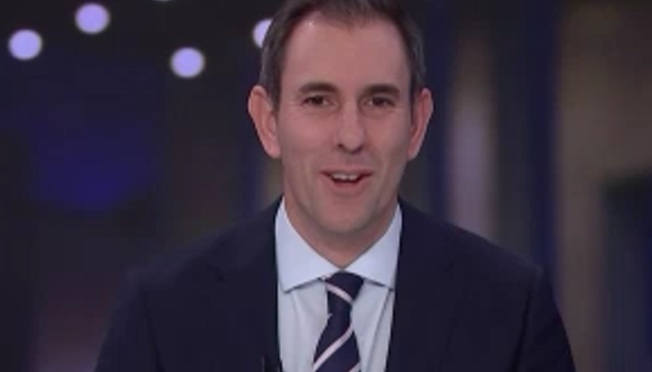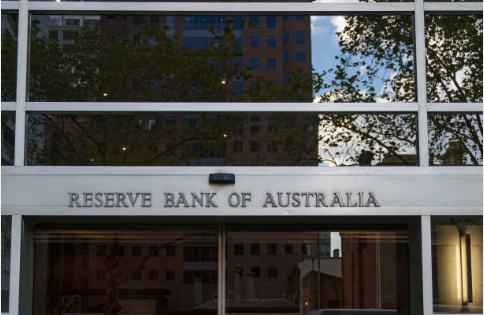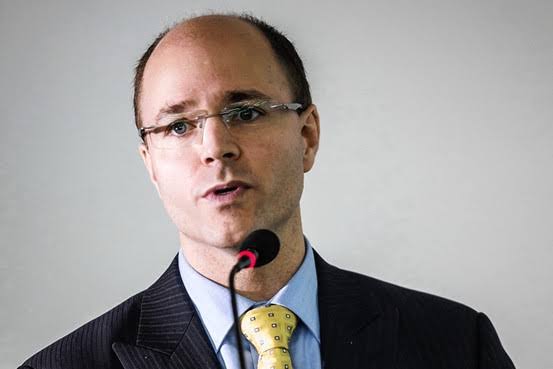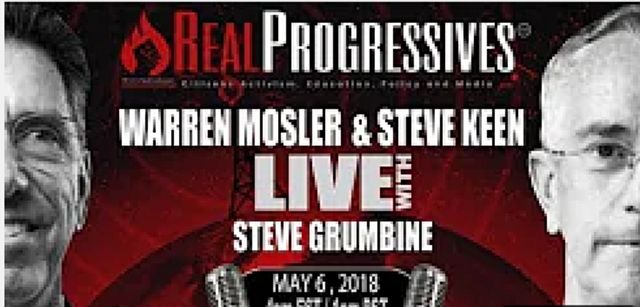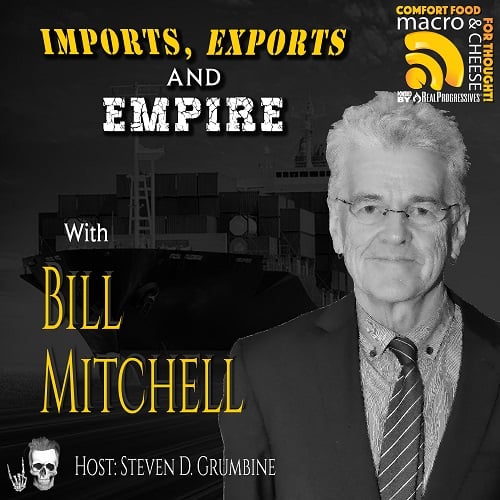For an extended amount of time economists have been arguing for an increase in real wages.
If we take 1970 as the index year for minimum wage, we can see up until 2016 that productivity grew by 184% and wages grew by 137%. There is a 47% difference between the two.

Source: http://www.global-isp.org/wp-content/uploads/PN-117.pdf
We can see from looking at the graph that productivity and wages were fairly consistently in line with one another until the early to mid-eighties.

Alternatively, we could bring that year forward to 1997 where we can see at least wages and productivity were roughly in line but how consistent we do not know as the chart does not go far back enough but this time around there is clearly a 19% difference between the two. This chart is up-to-date until 2021.
Source: https://mobile.twitter.com/Dan_Nahum/status/1435093314986934273/photo/1

Or again we can do it from the year 2000 where the wages and productivity grew at 113 & 125% respectfully – that’s only a 12% difference up until the year 2018. In this chart, we can see real wages flatlined in the early 2000s.
So in all three cases if we take today’s minimum wage which we know hasn’t kept up with productivity.
$20.33*1.12= $22.77
$20.33*1.19= $24.19
$20.33*1.47= $29.89
Now if we take the average of these we get:
$76.85/3 = $25.62
It is fairly clear that we can make a case for the Federal Minimum Wage to be at least $25 per hour. We could go higher and ask for $30 per hour.
In the interest of wage justice, it is my petition to make the Australian Federal Minimum Wage set to $25 per hour so workers can reclaim their quality of life that has been eroded since at least the eighties. Join me in providing independence, security and dignity for all of our people.
Sign the Australian Real Progressives petition at Thrive on 25!
We don’t believe it will happen overnight but we believe it will happen.
P.U.S.H. Persist Until Something Happens!

